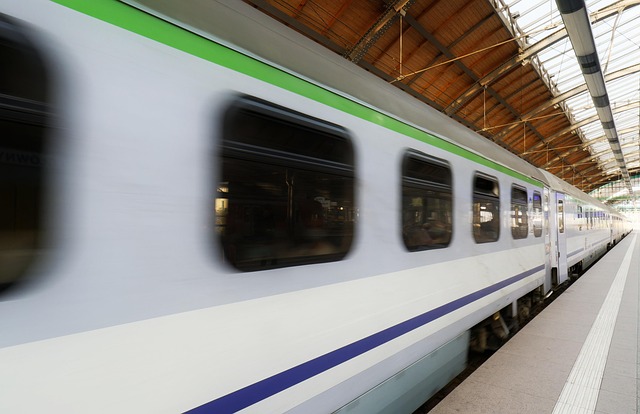Using Contactless Ticketing to Streamline Passenger Flows
Contactless ticketing can reshape how people move through transit hubs and connect across different modes. By replacing paper tickets and single-use validation with tap-and-go systems, mobile wallets, and account-based access, operators can reduce dwell times at gates, smooth boarding, and make multimodal itineraries easier to manage for riders with varied commute patterns.

Multimodal integration and itinerary planning
Contactless ticketing is most effective when integrated across modes. A single payment credential or linked account enables a passenger to create an itinerary that spans rail, bus, micromobility, and shared vehicles without purchasing separate fare media. That integration supports better routing and reduces transfer friction: riders can plan a commute that combines a train segment with a scooter for the lastmile connection, while operators can track demand across modes to manage capacity and schedule adjustments.
Ticketing workflows and passenger throughput
Replacing physical tickets and manual checks with contactless validators reduces queueing at entrances and platform barriers. Tap-and-go validation shortens dwell times during peak demand, helping maintain timetables and improving passenger throughput. Automated back-office reconciliation and delayed fare charging (account-based ticketing) also decrease the need for on-site interactions, enabling staff to focus on operations and accessibility support rather than routine sales or inspections.
Realtime validation and flow management
Realtime validation—where scanners, gates, or mobile apps confirm entitlements instantly—lets operators monitor passenger flows as they happen. This data feeds routing decisions and dynamic signage, allowing services to open additional doors, alter boarding sequences, or deploy staff when demand spikes. Realtime insights can also inform platform management, so crowding is reduced and safety is maintained without disrupting the overall timetable.
Analytics for planning and logistics
Aggregated, privacy-compliant analytics from contactless ticketing systems provide planners with visibility into travel patterns. Analysis of origin-destination pairs, modal splits, and peak demand windows supports logistics decisions such as vehicle allocation, frequency adjustments, and infrastructure investments. These analytics contribute to sustainability goals by identifying inefficient routing or opportunities to shift riders to electrified services or consolidated connections that lower overall emissions.
Lastmile connections and micromobility
Contactless access removes barriers for lastmile options like bikes and e-scooters, enabling a seamless pay-and-ride experience. When ticketing is integrated into a single account, riders can transition from a commuter train to micromobility without separate apps or payments. This convenience can increase uptake of shared micromobility and support electrification strategies in urban corridors by improving first- and lastmile reliability and aligning demand with available micromobility fleets.
Accessibility and inclusive design
Designing contactless systems with accessibility in mind ensures equitable mobility. Features such as tactile validators, low‑vision app modes, audible confirmations, and alternatives for riders without smartphones preserve access. Account-based models permit fare concessions and assistive accommodations to be managed centrally. Ensuring that contactless rollout considers differing user needs reduces exclusion risks and supports smoother passenger flows for all demographics.
Contactless ticketing is a practical tool for improving passenger experiences and operational efficiency when implemented with attention to multimodal compatibility, realtime operations, analytics-driven planning, and inclusive design. By linking ticketing to journey planning and lastmile options, transit systems can better respond to demand, reduce dwell times, and support sustainability and electrification goals while maintaining accessibility across rider groups.





